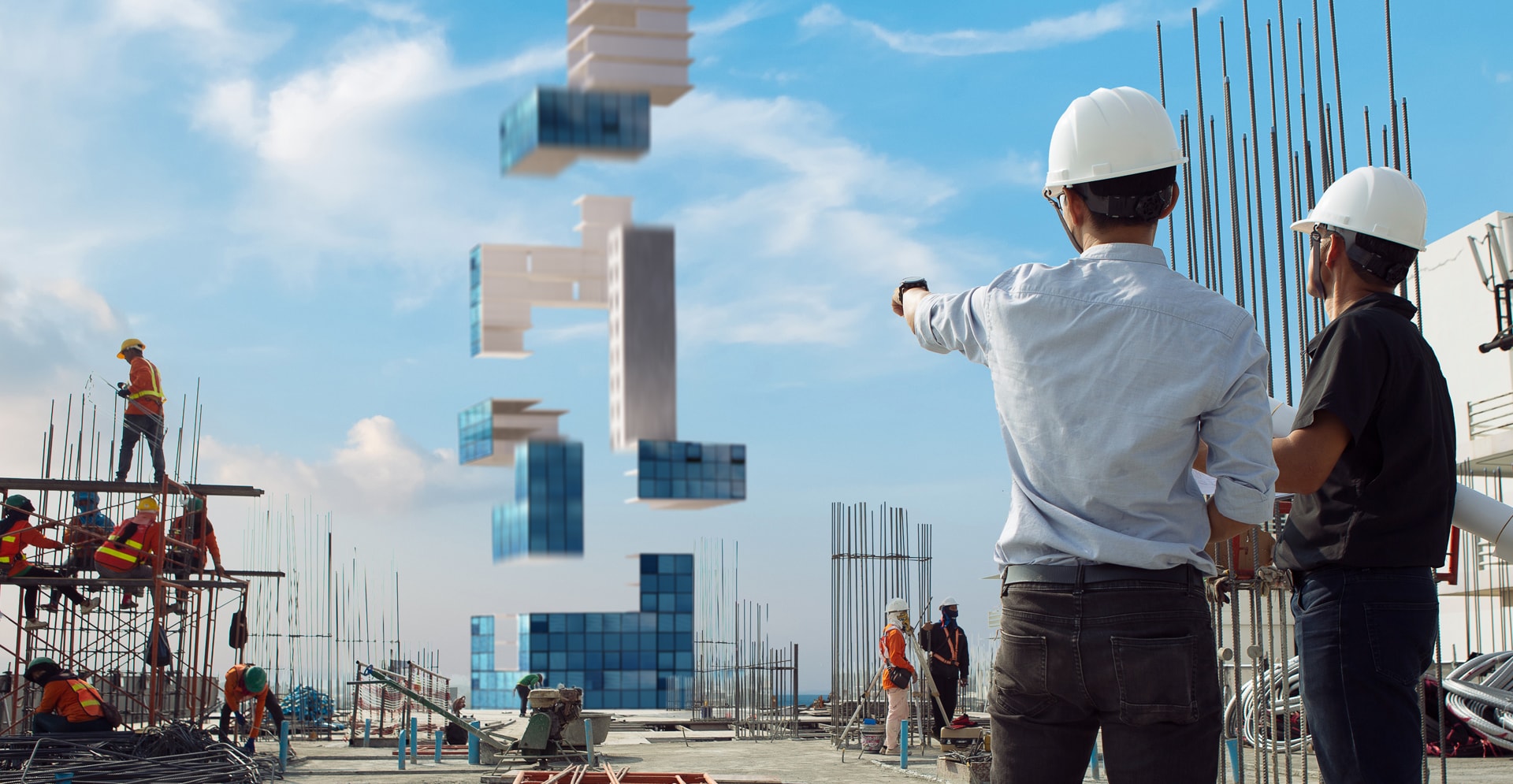A multiplayer world offers designers, clients, and communities a new way to engage with future spaces.
Real-life gamification, taking place in platforms like the Metaverse, has emerged from decades of video game development. The play associated with simulated aspects of life similarly taps into our emotions, allowing us to form connections and aspire to new ways of being. These gaming engines also have the potential to transform the way we design and allow people to engage in the process as multiplayers in a virtual world. This concept is nicely illustrated in Ernest Cline’s 2011 novel Ready Player One, as well as Steven Spielberg’s movie adaptation, which tells the story of a world escaping from crisis through a virtual simulation of all aspects of life.
Gaming engines are particularly suited to the modularity of the design process. In its most basic form, design involves identifying modules based on a function and their association with other modules to create components that can be arranged in a logical way to create spaces. This spatial information is represented in the form of conventional technical drawings that very few people aside from professionals understand, or at best, photorealistic digital renders or animations. In most cases, the only time when a design can be experienced is after the space has been constructed.

The tools capable of performing such interactions are not readily available to architectural studios; however, they do exist in video games and have for some time. All gameplay elements hold data that defines them. A typical game registers the number of lives a player has, the health status of players and opposition, visual properties, location, and more. In the context of architectural usage, this system can be used to leverage spatial, occupational, and BIM data. Access to this information and the ability to weave an interactive virtual environment using this data makes gaming engines a strong tool to consider for architectural communication.
By embedding architectural and constructional data within digital design environments and creating dependencies that emulate real-life constraints, information collected from the BIM model can be used to create analytical dependencies that provide further insight into the design concept. The platform can monitor quantifiable properties of the design, from cost and availability which can inform the user of their budget, to embodied carbon which can indicate the overall sustainability of the assembly. Other properties like time to construct, fire rating, and acoustics can also help encourage users to optimize their design options in their respective criteria.
Such an interactive tool could be programed to incentivize users to improve sustainability, reduce carbon footprint, improve indoor conditions, and penalize them if they overlook building codes or safety conditions. In general, improving the design would get you a better score. Just as well-designed games find ways to keep the user engaged, and incremental scoring keeps the player coming back for more, so too would an architectural version. A gamified objective to get the perfect high score would directly impact the quality of our designs and transform the way we conceptualize spaces.
By adopting gaming engines, architects can also create interactive, immersive experiences that can be broadcast to most Augmented Reality (AR) or Virtual Reality (VR) kits. These are now readily available to consumers and with the help of an inexpensive slide-on attachment, most mobile phones are also now capable of rendering basic VR environments.
Many architectural institutes already include programming and computational thinking centric curriculums. Many professionals are learning to code as this allows them to accomplish repetitive tasks in no time, including tiny algorithmic scripts which allow users to easily create and manipulate complex forms. The one-time exercise to develop this tool would be challenging, but ultimately create a replicable framework that can make consecutive production more economical.
This will result in a platform that allows us to minimize the time taken for decision making by improving multiuser engagement in the design process. Place this within an immersive and interactive virtual environment, and users will be motivated to improve design through the gamification of the process.







